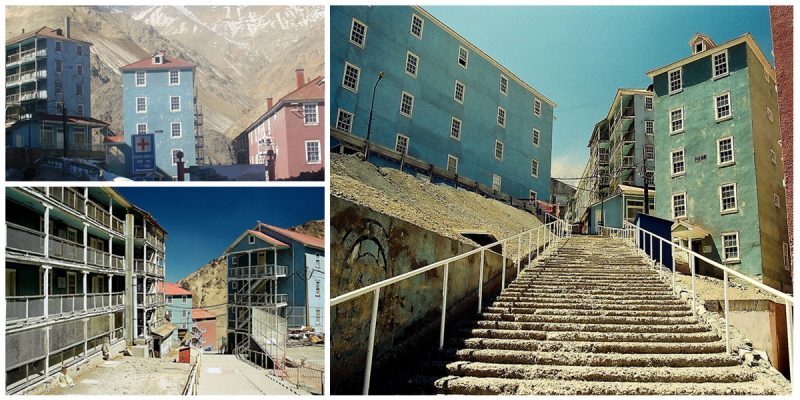Situated at 2,000 m high in the Andes, 60 km to the east of Rancagua, layered upwards with a system of staircases and bridges.
The town of Sewell was once an isolated copper mine but is now an uninhabited historical site and a UNESCO World Heritage Site.
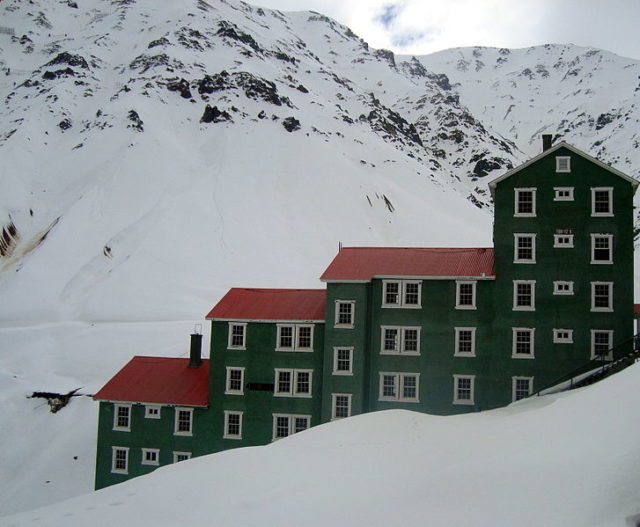
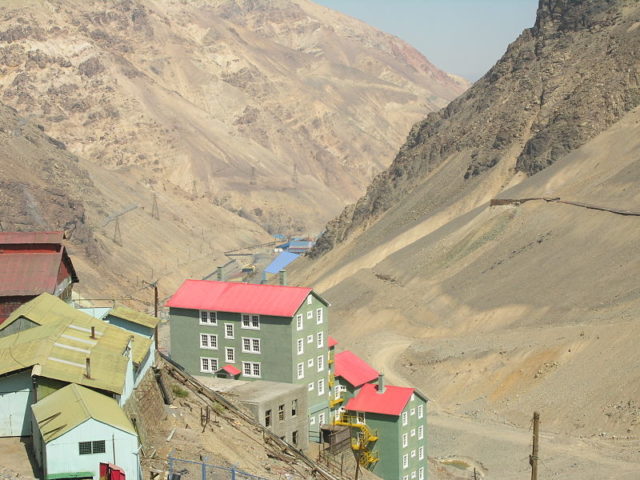
The town was founded in 1906 by the Braden Copper Company to house workers at what was to become the world’s largest underground copper mine, El Teniente.
The town was named after the company’s first president, Barton Sewell. Its more than 2,400 kilometers of tunnels yielded more than 400,000 metric tons of refined copper per year.
It was built on the slope of the Andes with no flat roads, just a giant central staircase rising from the railway station (called the Escalera Central).
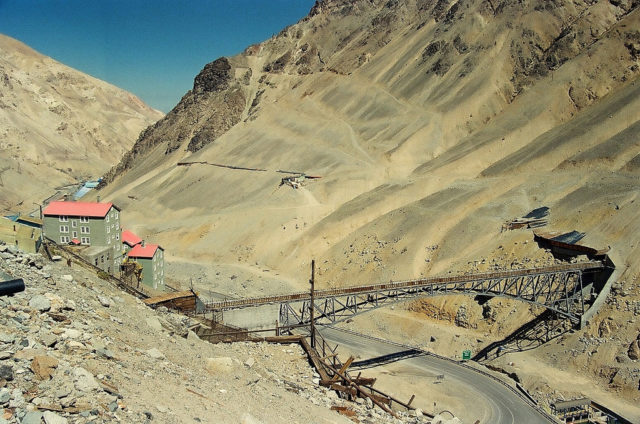
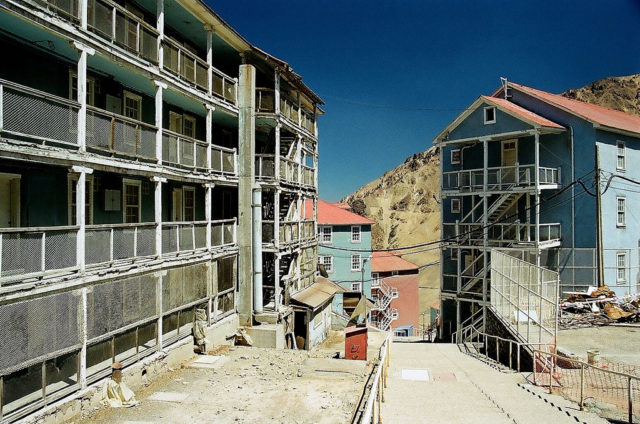
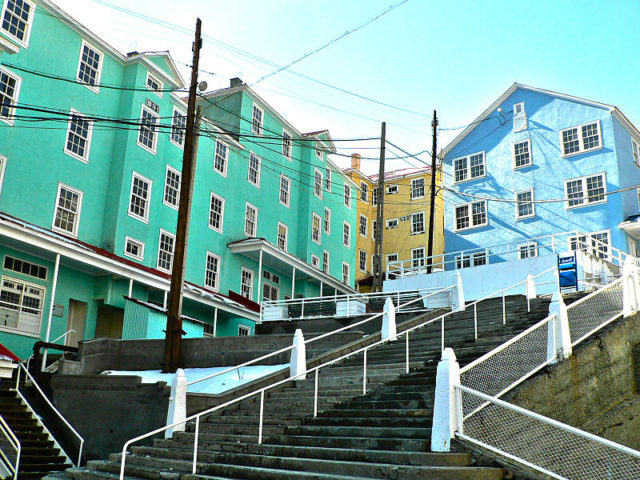
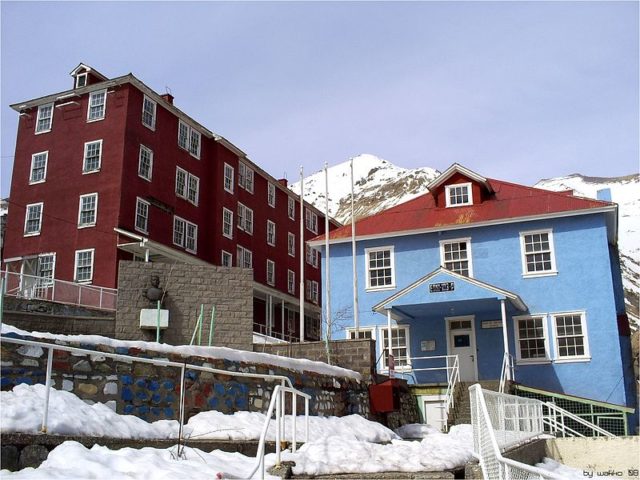
By the mid-1960s, Sewell was in its heyday, home to approximately 15,000 people. But by the end of that decade things began to change.
In 1967, the Kennecott Copper Company lost ownership of the site as the Chilean government gained a 51% stake in the company.
Four years later, the copper industry was nationalized and the company became a division of the Copper Corporation of Chile.
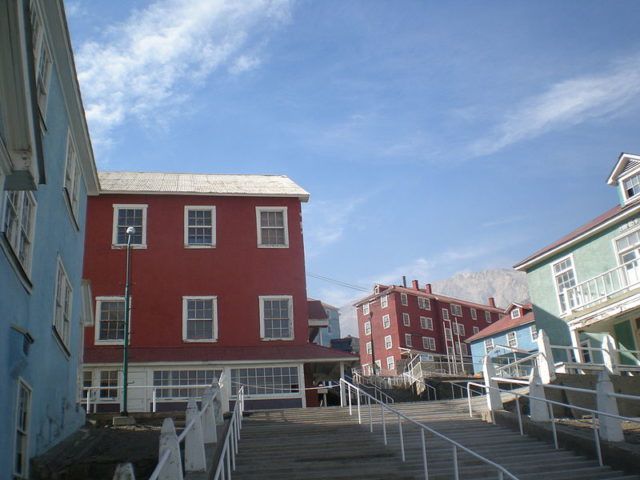
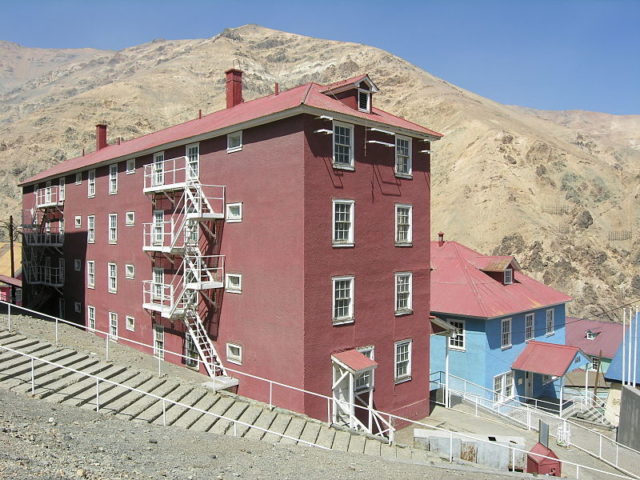
Today the mine itself still operates but the town was abandoned in the 1970s and some of the buildings were demolished. Demolition was halted at the end of the 1980s and the remaining buildings were remodeled to house contractors.
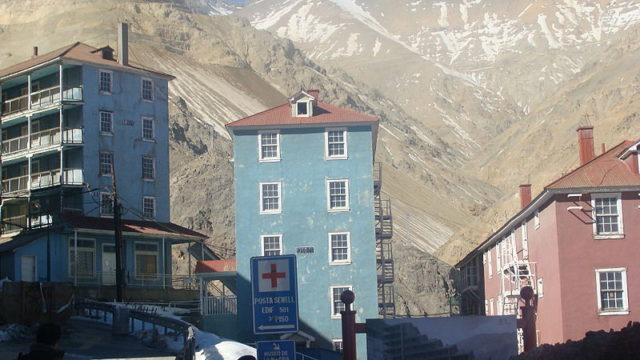
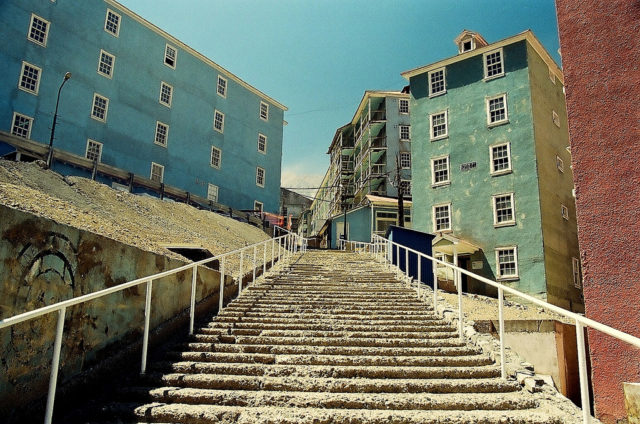
Many structures, such as the hospital, the Industrial School (now home to the museum), the theater, a four-lane bowling alley (Chile’s first, dating from 1917), and the Club Social, remain intact.
All these were connected by a warren of concrete steps and walkways that gave the town its nickname, “Ciudad de las Escaleras” (City of Staircases).
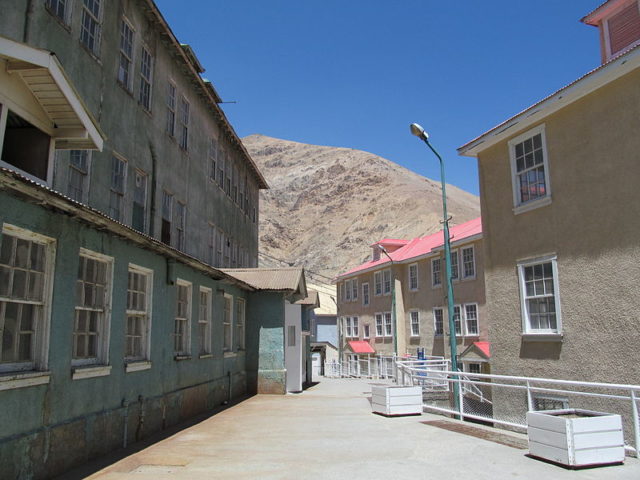
In 1998 the town was declared a national monument by the Chilean Government.
